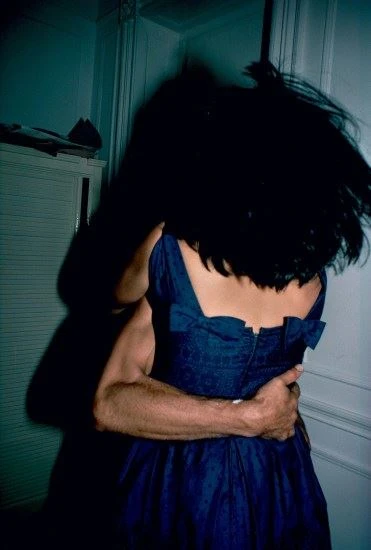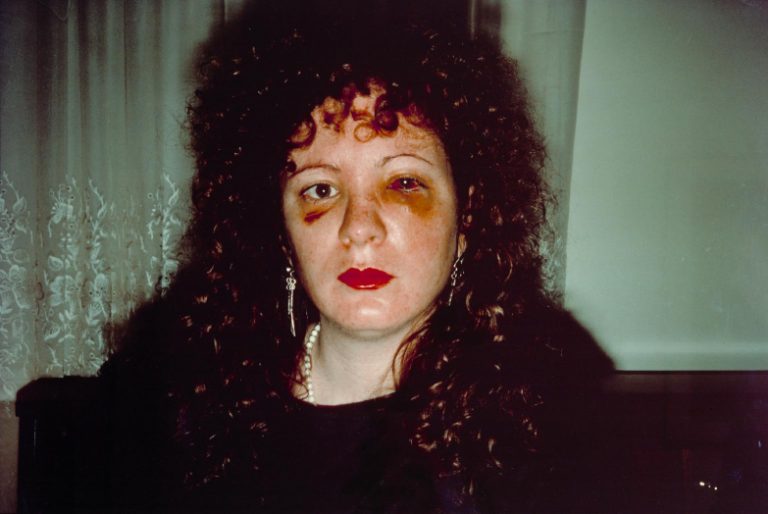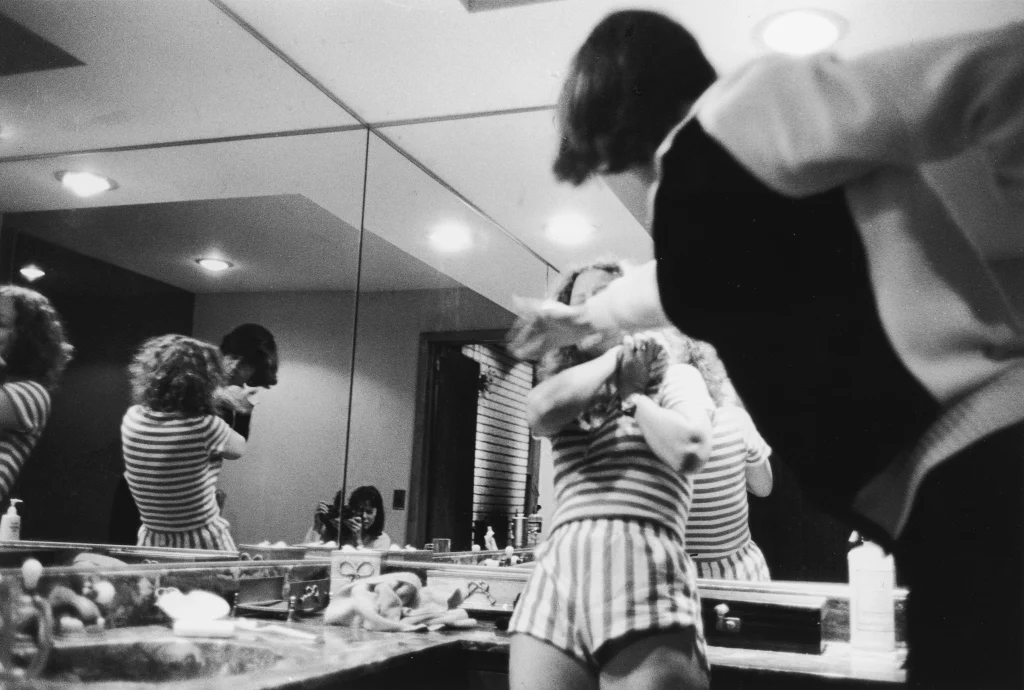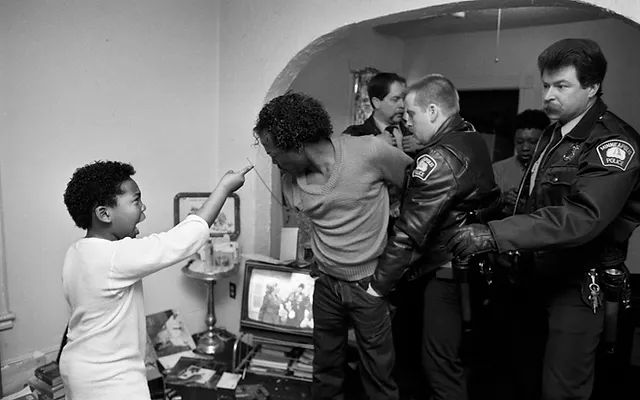Report - 1
Introduction
This report will focus on examining other practitioners’ work and how it has influenced my future professional practice. When examining other creative practitioners’ work it is vital to understand why they do what they do. It would seem that there is both visual languages at work, alongside psychological reasoning behind each piece of artwork. The interpretation of creativity is open according to the individuality of the viewer. When working with the subject of domestic violence, it is important to consider the impact of the work on the viewer and so it is important to consider how it might impact the viewer psychologically. There can be long-term implications to engaging with artwork which deals with difficult topics like this. In addition, a lot of people have a lot to say about it. Some people are very closed to it because they do not want to believe it is happening, while others know it is happening but are too embarrassed to say anything. Others again have an old-fashioned perspective that things like this are normal or should be kept behind closed doors. The practitioners considered here use their work for the purpose of activism or awareness to some extent, to help change attitudes and make people more aware of these types of situations. The influences for this research are both women who used their art to make a stand for change and to stand up for other women. There is every chance that these practitioners were scared of the implications of making their work public.
The first case study I have based my research on is the work of Nan Goldin. When researching Goldin as a photographer, it would seem she was very open and fearless about the subjects she captured such as ‘The gay scene’. Getting to know her subject in their own natural environment allowed her to capture the true character (essence) of who they really were. Goldin would use this documentary style of photography in her own personal life to catalogue her relationship with her partner.

This, however, would conclude in Goldin being subjected to domestic violence in a Berlin Hotel room.
The image above unlike the other images captured by Goldin was taken by her friend, showing Goldin posing, after the incident. It may not be the most of flattering image however the use of flat lighting together with harsh shadows and vibrant red lipstick enhances the injuries sustained by Goldin.
Amongst some of the others were a collection namely ‘The Ballard of Sexually Independence’. This publication and the exhibitions which followed would open the doors to exposing the lives of various communities and of her own life experience.
In comparison, Donna Ferrato’s approach to photography took her into a variety of situations that would result in unexpected captures of a documentary style that were not staged, like the one of Goldin. In one of her most well-known images of domestic violence, Ferrato had an initial meeting with a couple in a bar and discussed opening up the relationship to a third person. She was invited to the couple’s house and witnessed the male partner lose his temper and violently hit his wife in the bathroom.
Viewing this image we can clearly see that Ferrato is putting herself in a vulnerable position and how she could have been injured. It is suggested that being a witness to this incident to this had such an impact on her happened, the roll of film and images were kept under lock and key until a later date. Ferrato chose to continue with documentary photography which lead her into dangerous violent situations as they unfolded.
This can be clearly seen in the image above, again witnessed by Ferrato. You can only imagine being a mother herself where her motherly instincts may have taken over in this situation to want to protect the little boy. The police seem to be allowing the little boy to vent his anger and frustration to his father after the attack on his mother. There is a genuine understanding and empathy from not just the police but that of Ferrato for standing back and allowing the boy to be heard vocally.
There are similarities between how these two photographers work and how I work. The research suggests Goldin was a confident and bolshy woman from the very beginning and was open to a lot of situations. Her confidence was knocked when she had experienced domestic violence from the very person she thought she could trust. On the other hand, Ferrato did not experience the same type of violence however she was witness to the act of it. Her confidence was built up over time and allowed Ferrato to understand the dynamics more.
Life experiences can have a profound impact on everyone, in my case, the past suffering from chronic PTSD. Putting myself into difficult situations in the way these photographers did would take me back to something I would forget. When considering my own practice I looked at the distinct differences surrounding the final outcomes I hope to achieve. Facing the harsh reality of what is known as domestic violence no one knows exactly how triggers affect people, this needs to be done in a sensitive manner. Rather than using documentary-style photography as Goldin and Ferrato did, my process has always begun by way of reflecting on my memories. I would then consider the use of metaphors as the reason behind the photograph and how to interpret that. By creating images which are abstract, and symbolic and having fewer images of people, it is hoped that it will prevent negative outcomes for people who are currently in a similar situation.
Not being scared, standing up against violence and being heard is easier said than done especially when looking at how the subject has been seen in the past. Despite having totally different ways of working and life experiences, Goldin and Ferrato were hesitant about what the public would think of their work at the time. Wise beyond their years, believing that by re-educating people they could make a change and lives could be saved. The photography of these two practitioners has impacted and influenced my work moving forward as I see them in me. We all have a passion for documenting the truth in some capacity about domestic violence. My practice is not hiding who I am and what happened to me, it is simply looking at how I can interpret this subject differently from those before me. The aspirations I have for the future are simple. As I know it takes a lot of courage to leave domestic violence however that is the first part. Looking from within is how I changed myself and my practice is all about encouraging someone about finding who they truly are again through their own form of expression whatever it may be. If creating a piece of art in any form and leaving a legacy so others can act upon it then I have managed to achieve everything I wanted.



